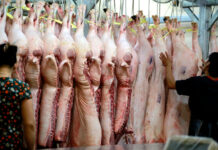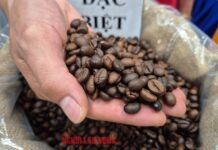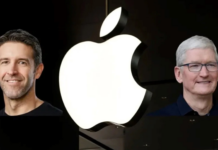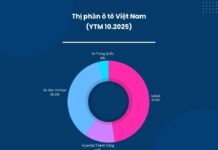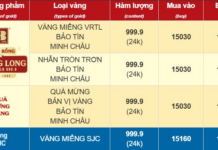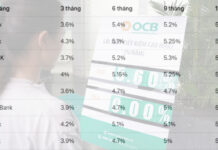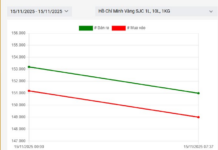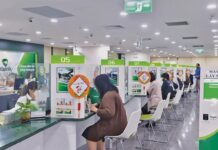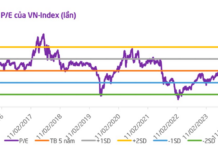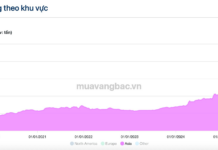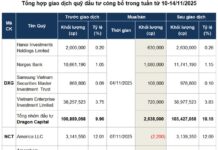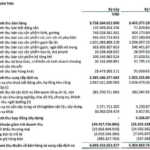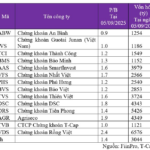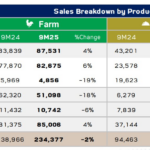As previously reported, Starbucks has announced plans to close underperforming stores in North America as part of its recovery efforts. Approximately 900 employees will also be laid off.
Earlier this year, Starbucks terminated 1,100 employees. The company expects to incur about $1 billion in costs related to these closures and layoffs.
In a letter to employees, Starbucks CEO Brian Niccol stated that the affected locations are coffee shops that fail to meet the physical environment standards expected by customers and partners. Starbucks will end this fiscal year with 18,300 stores across North America, closing around 400 stores.
CNN commented that the era of “Starbucks on every corner” in America seems to be coming to an end.
For years, Starbucks built its reputation on rapid expansion in major cities and suburbs. Comedian Lewis Black joked in 2001 that the “edge of the universe” was in Houston, Texas, where he found one Starbucks directly across from another. However, times have changed. Intensifying competition, rising inflation, and shifting consumer trends have posed significant challenges to this coffee giant.
While closing hundreds of stores is a small fraction of Starbucks’ over 32,000 global locations, downsizing at this moment holds significant meaning. This marks a rare instance where Starbucks, a symbol of relentless expansion, enters a phase of adjustment and restructuring.
The primary cause is the shift in consumer behavior post-COVID-19. As many people moved from urban centers to suburbs for work and living, foot traffic at Starbucks’ city locations declined sharply. According to RJ Hottovy, an analyst at Placer.ai, Starbucks is “cleaning up” leases in areas with reduced customer traffic.
Additionally, Starbucks faces pressure from independent coffee shops, emerging chains like Blank Street Coffee and Blue Bottle, and fast-growing drive-thru chains like Dutch Bros. Rising coffee prices have also deterred customers.
A UBS survey of 1,600 consumers revealed that over 70% cited high prices as a reason for planning to visit Starbucks less frequently next year. The chain is particularly struggling with customers earning under $100,000 annually.
“Starbucks’ recovery is complicated by economic uncertainty and the rapid expansion of drive-thru-focused competitors,” noted Hottovy.
REVIVAL
Amid these challenges, Brian Niccol, who revitalized Chipotle and Taco Bell, is leading Starbucks through a major restructuring. He assumed the CEO role in September 2024 with a nearly $100 million compensation package in his first year.
Under Niccol’s leadership, Starbucks aims to restore its image as the “third place” between home and work, a core part of its brand identity. Niccol believes over-reliance on mobile ordering “stripped Starbucks of its soul.”
To reclaim its identity, Starbucks is implementing several changes. The company is reviving baristas’ tradition of drawing on cups with Sharpies, reintroducing self-serve milk and sugar stations, reducing the food and beverage menu by 30%, ending restroom access for non-customers, and laying off over 1,000 corporate employees.
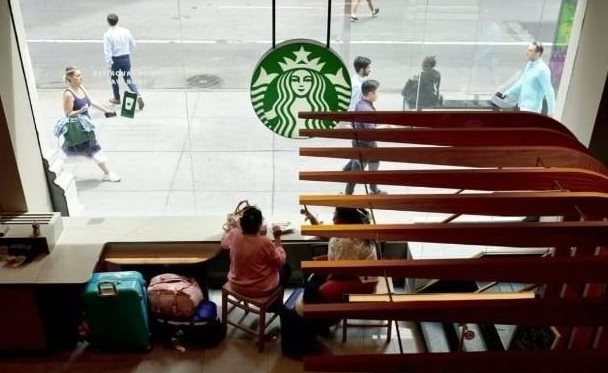
Starbucks is also renovating 1,000 stores—10% of its company-owned U.S. locations—to offer a more comfortable sit-down experience with tables, sofas, power outlets, and relaxing spaces. The company aims to complete U.S. store upgrades within three years.
Not all employees welcome these changes. Some baristas complain that complex drink additions increase pressure during peak hours, while cup drawing slows service. However, analysts believe Starbucks is on the right track.
“Starbucks’ recovery is slower than expected and may extend into early or mid-2026, but Niccol’s initiatives are showing positive progress,” said BTIG analyst Peter Saleh. “Once these measures take effect, the impact will be significant.”
From a symbol of global expansion, Starbucks is now entering a rebirth phase—more focused, streamlined, and striving to reclaim the “coffee soul” that built its empire. Despite a long and challenging road ahead, analysts are confident that “Starbucks 2.0” under Brian Niccol will return stronger, with fewer but more sustainable and experience-rich stores.
Additionally, Starbucks is executing the “Back to Starbucks” campaign to overhaul operations, improve service, reduce wait times, refresh the menu, and create cozier spaces. Internal data shows 80% of drinks completed within four minutes, and 95% of mobile orders served on time.
“It will take time to convince consumers to try the new Starbucks,” said Danilo Gargiulo of Bernstein Research. “Investors expect store traffic to stabilize next year and profit margins to improve by 2027.”
Experts view this revival as not just short-term service enhancement but a long-term brand reshaping effort. Starbucks aims to return to its core “coffeehouse experience”—warm ambiance, innovative products, and personalized service—while balancing operational efficiency and profitability amid rising costs.
The challenge lies in balancing customer satisfaction and barista well-being. If customers are happy but baristas are overworked, sustainability suffers; if employees are supported but customer experiences lack differentiation, Starbucks risks falling behind globally.
In a rapidly evolving beverage industry, Starbucks must reposition itself. Competitors like Dunkin’ and Dutch Bros focus on low prices and speed, while China’s Luckin Coffee pressures with high-tech models and dense networks.
Competing on those terms would disadvantage Starbucks. Thus, refocusing on the “human experience” is a strategic move: Starbucks aims to be more than a coffee shop—a space for connection, intimacy, and warmth.
Sources: CNN, NYTimes, WSJ
The Contrasting Faces of the Mid-Autumn Mooncake Market in Ho Chi Minh City
With just over two weeks until the Mid-Autumn Festival, numerous stores have already begun displaying promotional signs, offering discounts of 30% and even up to 50% to attract customers.
VGC Expands Restructuring Efforts to Sanitary Ware After Tiles and Real Estate
On September 17th, the Board of Directors of Viglacera Corporation (HOSE: VGC) issued a resolution outlining a strategic plan to streamline and modernize the operational structure of its sanitary ceramics division.

